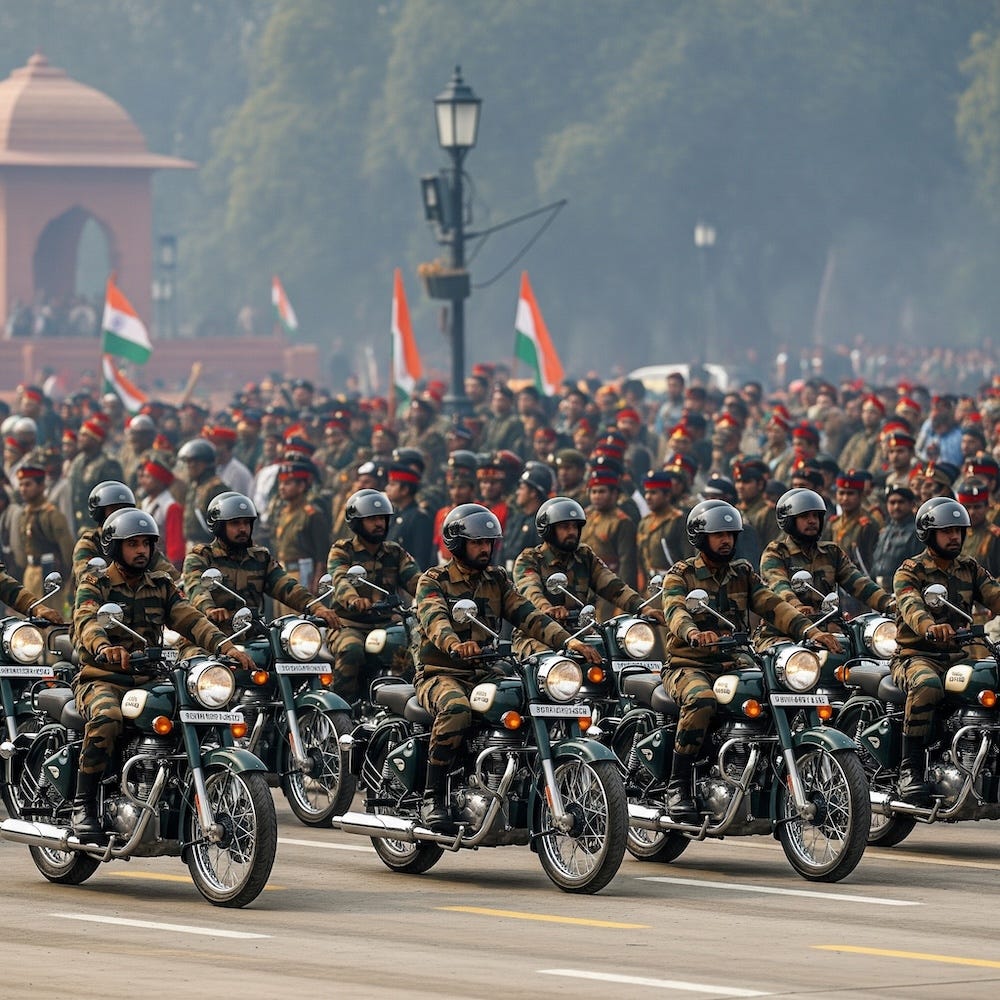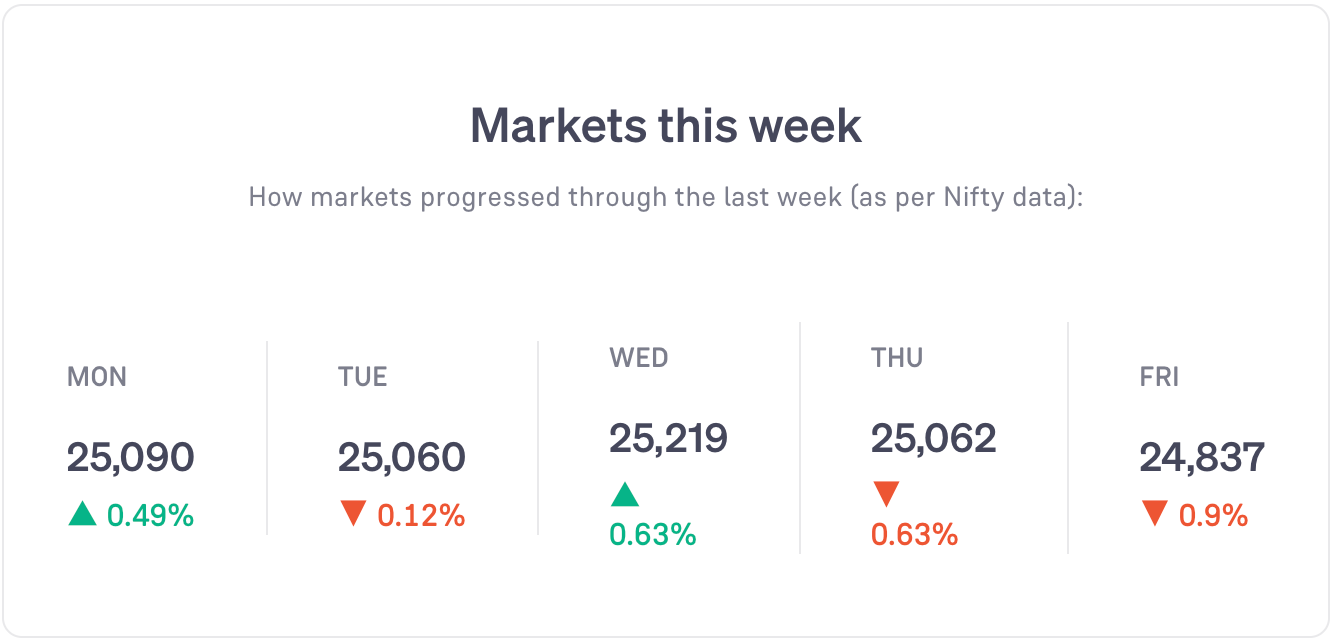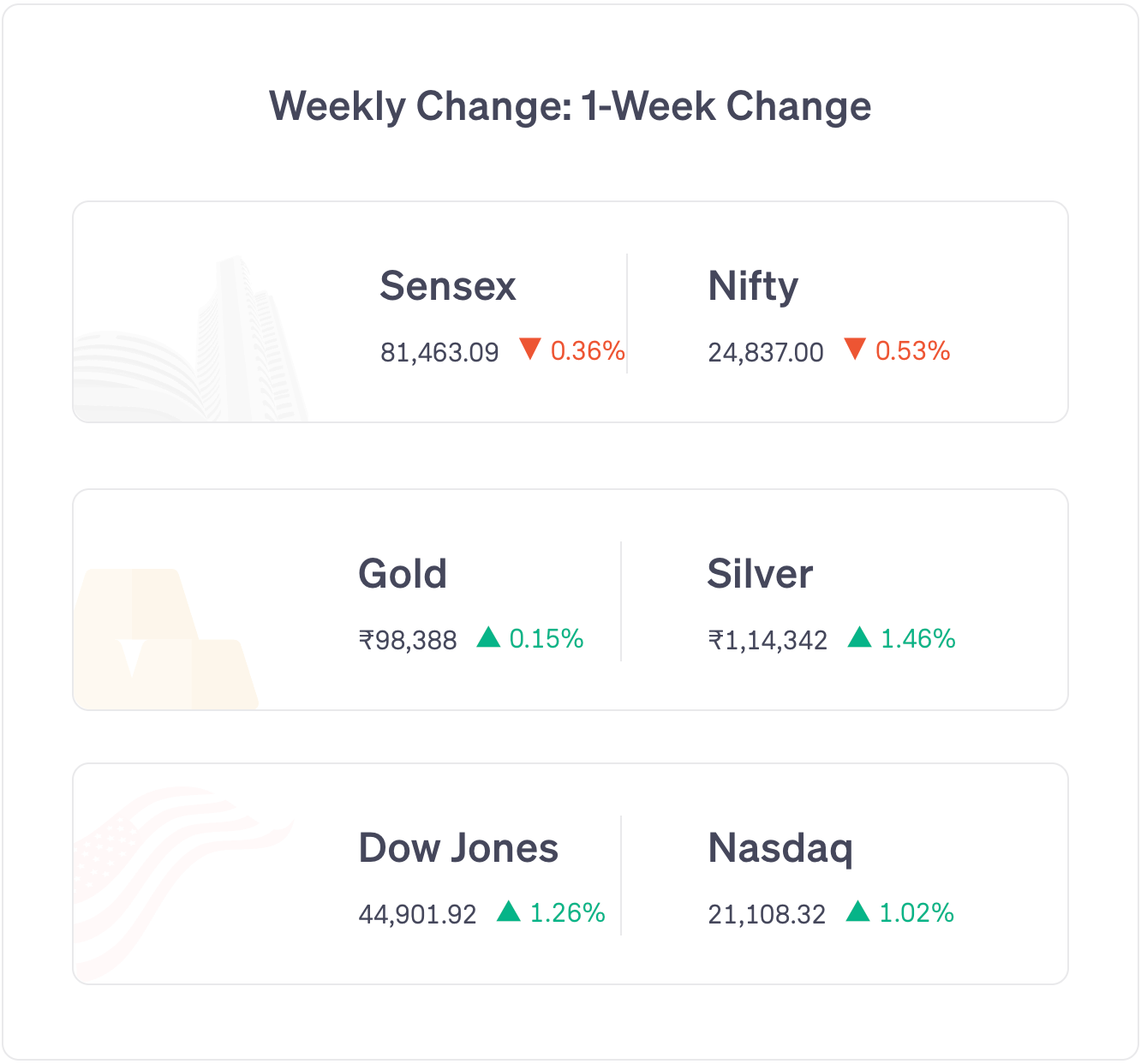About 20 years ago, an ad surfaced on Indian TVs.
The ad, tickled many young hearts in the right way.
But what the ad was hiding underneath was a company that had struggled for decades and one that had failed to appeal the younger customers in the 21st century.
What the ad also stood for was a company trying to revive its lost sheen.
It showed a noisy train crossing a bridge and charging straight. Up ahead, at a level crossing, the gates shut to prevent traffic from crossing the railway lines.
The scene then cuts to a man, riding a bike in a calm and sedate manner, the bike’s engine sounding effortless.
The next scene shows the railway signal suddenly going from green to red, and the locomotive pilot pressing the brakes hard. The train manages to stop a few meters before the level crossing.
About then, the gates swing the opposite way blocking the path of the train, as the bike’s characteristic dug-dug engine sound is heard.
The bike crosses the level crossing while the signal man waves a green flag.
The ads ends with the tagline, ‘Everyone makes way for the Bullet’.
Unlike other bikes of that time, the Royal Enfield Bullet Electra was not trying to be flashy. The ad did not show daring stunts, rapid acceleration, quick lane-change maneuvers — anything that indicated agility.
Instead of sportiness, the brand tried to sell relaxed cruising, stability, maturity, and above all those legacy.
There was a reason why Royal Enfield was banking on all of those to fight off Bajaj Pulsar, TVS Apache, and the likes.
Royal Enfield could not build bikes that were quick, agile, or race-focussed.
Behind this ad was an aging company that was trying to stand up again.
But that comes much later.
Start
Royal Enfield is the oldest bike-making company that is still in operation today.
George Townsend and Co was located in Redditch in the UK. They started in 1855 and used to make needles.
Towards the end of the 1800s, the company had diversified into the bicycles business. In 1892, the company won a contract to supply rifle parts to an arms-making company.
To celebrate the milestone, they launched a new bicycle – Enfield.
Why Enflied? The company to which they were supplying parts to was based in Enfield, a town in the UK.
The company wanted to signal precision manufacturing. They even adopted the tag line, ‘Built like a gun’.
Within a year, “Royal” was added to the name – and the bicycle came to be known as the Royal Enfield.
In 1901, an engine was added to the bicycle – and the Royal Enfield motorbike was born.
Legacy
Over the next decades, Royal Enfield expanded their offerings.
In 1910, they completed an endurance race/challenege of sorts to traverse the ends of the UK. This was meant to highlight how sturdy and reliable the bikes were. It worked very well to cement its position as a rugged bike making-brand.
In the 1st World War, the company supplied bikes to the UK’s army. They also supplied bikes to Belgian, French, US, and Russian armies.
Demand ballooned and the company kept expanding their factory to meet the increased demand.
In 1932, they introduced a new bike with 3 engine options: 250cc, 350cc, and 500cc. This bike was an immediate hit. This specific bike has remained in production since then – Bullet.
This Bullet looks quite different from the Bullet we know today, but the product is still around.
Once World War 2 started, Royal Enfield’s bikes were in greater demand. The company expanded the number of factories.
They even built an underground factory so that it could not be bombed by enemy planes.
When the war finally ended in 1945, Royal Enfield had a huge manufacturing capacity and the bikes were not needed in the army.
The company turned its focus towards a sector that had an urgent need: personal mobility.
After World War 2, the quality of life in the western world was picking up. The economies were picking up. People needed to go to their offices, factories, schools, markets, and so forth.
Royal Enfield’s bikes proved to be an excellent option for the busy folk of the UK.
Establishing themselves well in the motorcycle industry, they introduced newer bikes. These names will sound familiar today – Interceptor, Constellation, and Meteor. The Bullet also continued to sell well.
It was in the late 1960s that Royal Enfield started facing troubles.
Cars were getting cheaper. Those who wanted bikes turned towards Japanese bikes offered by the likes of Honda, Yamaha, and Kawasaki — they were more advanced and reliable.
As sales dipped, making the bikes got more expensive.
By 1970, all factories in the UK shut down.
But Royal Enfield did not die. It was thriving — in India.
Royal Enfield in India
After World War 2, towards the late 1940s, a man named KR Sundaram Iyer and his nephew had established a good business importing Royal Enfield bikes into India.
Impressed by the bikes, the Indian Army had placed a large order for 500 bikes with this importer.
The order was so large for Royal Enfield, the company decided to partner with the Iyers. In 1955, Royal Enfield started exporting CKD bikes (Completely Knocked Down bikes).
Which means, they were built in the UK factory, and then shipped to India in parts. The parts were then assembled in India.
As the Indian factory technicians grew more skilled, the company found it cheaper to move more of the manufacturing operations to India.
Over time, the manufacturing was moved to India entirely.
By the 1970s, Royal Enfield was struggling in the UK — but was thriving in India.
In an odd turn of events, by 1977, Bullets made in India were being exported to the UK.
While sales everywhere were falling short, India became a giant market for the oldest motorcycle company.
But all was not well – not for too long.
The company was doing well because India was a giant market. But the Royal Enfield Bullet was not exactly a cheap bike even in India.
It enjoyed a status that others didn’t because it was more expensive.
With time, the company failed to innovate. The same Bullet model remained on sale for decades. In the meantime, Japanese bikes that were cheaper and more reliable entered the Indian market.
At first, the lower end of the market latched on to them. The Hero Hondas and Bajaj Kawasakis. With time, those companies moved up the chain and started offering premium bikes.
And soon, they started eating into Royal Enfield’s lunch.
Eicher Motors
In 1994, Eicher Motors, acquired Royal Enfield.
Eicher Motors was a commercial-vehicle manufacturer: trucks and buses.
Siddhartha Lal, the young 26 year old son of the chairman had a keen interest in motorcycles. Upon his insistence, the Eicher Group bought Royal Enfield.
Siddhartha took over controls of Royal Enfield in 2000.
Immediately, he noticed many problems with the bikes. They were not dependable or reliable enough. The bikes had frequent issues that competing bikes did not have. Quality control was an issue.
One of the first steps he took was to encourage officials to ditch their cars and ride the bikes to office instead.
He brought in consultants to identify and iron out problems in the assembly line. He introduced a 1,000 check point system for every bike that rolled out.
These were immediate measures. But he was not just concerned about the near term.
In the UK, he got a chance to drive the Mini car. Mini is a small premium hatchback that is famous for being relatively affordable (compared to luxury and super cars) and yet fun to drive.
This inspired him to position the Royal Enfield brand similarly – premium, but not outrageously expensive, and yet fun.
Journey Back Up
In the early 2000s, he got the company to finally launch a new engine (famously known as ‘Twinspark’).
When the Royal Enfield Bullet Electra came out, the company was desperately trying to regain market share.
They could not make a new bike. So they leaned in on their existing strengths — highlighted in the railway-level-crossing-ad. It worked for them.
The Bullet’s sales gradually picked up after that and newer bikes were introduced – one of them being the Thunderbird.
The progress was slow but it was steady.
Over the years, Siddhartha Lal introduced newer bikes, and newer engines. He remained deeply involved in the company, technically as well – even though he moved up from Royal Enfield to the parent, Eicher Motors.
Towards the early 2010s, Royal Enfield had become “cool” again. It was looked upon as a worthy aspirational product to own.
The company was not out of the clear.
The bikes were still arguably less reliable than the competitor’s products. But Royal Enfield had rooted itself in the lifestyle category of bikes well enough that they were a name to reckon.
Then, they ventured further up in the value chain.
650 cc bikes like the Interceptor and Continental were introduced. They too proved successful.
The company understood that their customers loved the lifestyle associated with road trips and journeys, with expeditions.
The brand introduced accessories and apparel in line with that lifestyle.
While they had mostly reused bike names for newer bikes, in 2016, they launched an entirely new line of bikes: the Royal Enfield Himalayan.
It was designed to traverse the Himalayas.
It was powerful, light, and off-road worthy. Sure, it had issues too. But it too got many things right.
Not just new launches, the brand also expanded into newer markets. Royal Enfield bikes can now be bought in the USA, many Latin, European, and Asian markets — a total of 60 countries.
The brand continues to rise to newer heights – higher than it ever did before.
In 2025, it reported its highest ever annual motorcycle sales – over 1 million units.
Issues still persist though. The bikes are still not as reliable as they should be. Enough customer complaints can be found online and offline.
The company is rapidly saturating its market in India. It is trying to sell more bikes abroad.
And seeing its success, competitors are introducing products in the same categories are Royal Enfield’s bikes.
But then, Royal Enfield has so far shown it is capable of overcoming some pretty difficult challenges.
Second Innings
Many companies get a second life.
The reason may vary. Leadership change, target market change, product change, or just changes in circumstances.
It could be anything. But the idea remains – many brands turn around and go on to achieve scale newer heights.
Royal Enfield is a classic example of such a company.
Because of the way it has been turned around, the Eicher Motor stock is now one of the most famous multi-bagger stocks.
In the last 25 years, the stock has given a return of 34% per annum.
Its more recent performance has not been that high – but again, that’s no indication of what the future holds. Only time can tell.
This is why no company, no matter its condition, can ever be written off until it is truly dead.
The number of companies that were re-born or transformed entirely is quite long.
Such companies make for excellent investments when caught at the right time – in the early days of their second innings.
Apple was a computer company that is now largely a smartphone company.
Netflix was a DVD company that transformed into a streaming service.
ITC is a tobacco company turning into a consumer company and hotel company.
Titan was a watchmaking company that became a gold company (Tanishq).
Reliance was an oil company that is now morphing into a telecommunications and retail giant.
There are enough great stories that tell us about companies that morphed into entirely new companies.
But identifying these companies is not easy.
For every company that successfully completes rebuilding itself, there are several others that try to, but fail.
Studying such companies gives us an important lesson: it is very hard.
And this is why those who do manage to transform, earn the respect and fame that others do not.
Also, this goes without saying — this story’s intention is to highlight the idea of company’s second innings. This is in no way a stock analysis or deep-dive.
Quick Takes
+ India’s infrastructure output rose by 1.7% in June (vs 1.2% in May). Petroleum refinery products, steel and cement sectors rose while coal, crude oil, natural gas, fertilisers, and electricity sectors fell.
+ SEBI has allowed US based firm Jane Street to resume operations in the Indian stock markets following its compliance with the SEBI regulation: as per various media reports.
+ Anthem Biosciences IPO got listed on the stock exchanges at a 26.85% premium over its issue price and closed 28.13% up at the end of the day
+ Gross NPAs of India’s public sector banks fell to 2.58% in May 2025, from 9.11% in March 2021: Finance Ministry.
+ IP filings in India rose 44% over 5 years from 4.77 lakh in FY 2020-21 to 6.90 lakh in FY 2024-25. It saw a significant growth in GI tags (380%), designs (266%), and patents (180%). They were followed by copyrights (83%), trademarks (28%), and Semiconductor Integrated Circuits Layout Designs (20%): Commerce Ministry.
+ Milky Mist Dairy Food has applied for a Rs 2,035 crore IPO with SEBI.
+ The US President announced a trade deal with Japan, imposing 15% reciprocal tariffs on Japanese imports.
+ India’s passport now ranks 77th in the Henley Passport Index, up from 85th last year. The index measures passport strength by the number of countries accessible without a prior visa — currently 59 for India.
+ India will resume issuing tourist visas to Chinese citizens from 24 July. It had been suspended in 2020.
+ The Enforcement Directorate (ED) has filed a complaint against Myntra under the Foreign Exchange Management Act (FEMA) for alleged violations worth Rs 1,654.35 crore.
+ India and the UK signed a Free Trade Agreement (FTA), aiming to boost bilateral trade by $34 billion annually. The FTA includes tariff cuts and improved market access on both sides.
+ India’s composite PMI (manufacturing + services) fell to 60.7 in June (vs 61 in May). This means economic activity grew less in June than in May. Manufacturing PMI rose to 59.2 (vs 58.4 in May). Services PMI fell to 59.8 (vs 60.4 in May).
+ India’s net FDI inflows fell 98.2% year-on-year to $40 million in May (vs $3.9 billion in April). Gross FDI inflows fell 11% to $7.2 billion (vs $8.7 billion in April).
+ Executive Centre India applied for a Rs 2,600 crore IPO with SEBI.
+ India’s foreign exchange reserves fell by $1.18 billion to $695.49 billion in the week that ended on 18 July.
+ India’s domestic air traffic rose to 1.36 crore in June (vs 1.32 crore in May): DGCA
+ PhysicsWallah got SEBI’s approval for a Rs 4,600 crore IPO.
+ Indiqube Spaces IPO was subscribed 12.33 times. Retail Subscription: 12.55 times. IPO closed for subscription today.
+ GNG Electronics IPO was subscribed 146.90 times. Retail Subscription: 45.32 times. IPO closed for subscription today.
6-Day-Course
Theme of the week: allocating monthly income
Question 1:
What is the minimum percentage of in-hand income one should ideally invest?
-10%
-20%
-30%
Question 2:
All your EMIs combined should ideally be within 40% of your monthly income.
-True
-False
Question 3:
You should have a _________ before taking a home loan.
-FD
-Emergency fund
-Mutual fund portfolio
Question 4:
It is ideal to spend half of your income on essentials like food and transport.
-True
-False
Question 5:
Everyone should follow the same recommended income allocation percentages.
-True
-False
Answers:
Q1: 20%
Q2: True
Q3: Emergency fund
Q4: False
Q5: False
The information contained in this Groww Digest is purely for knowledge. This Groww Digest does not contain any recommendations or advice.
Team Groww Digest







